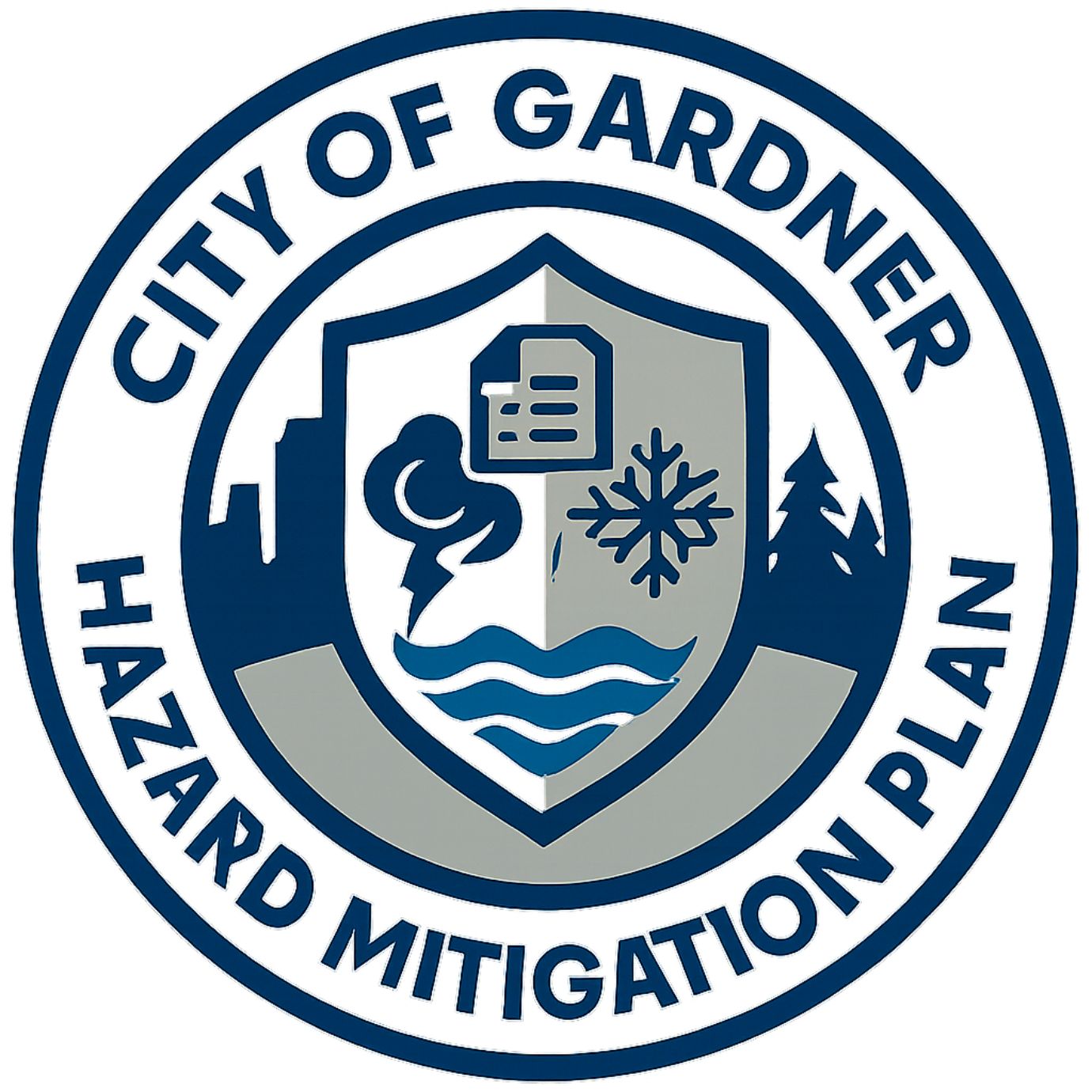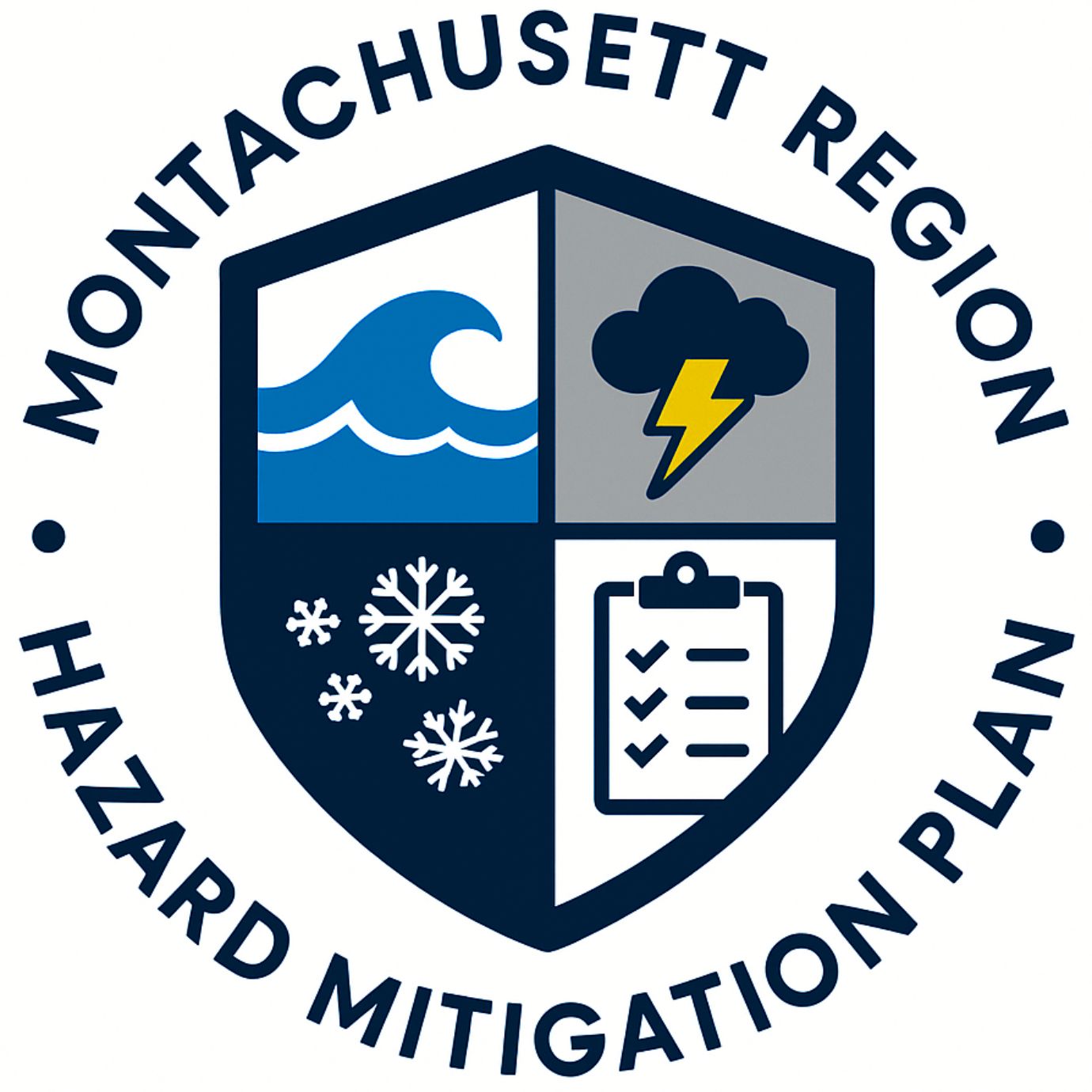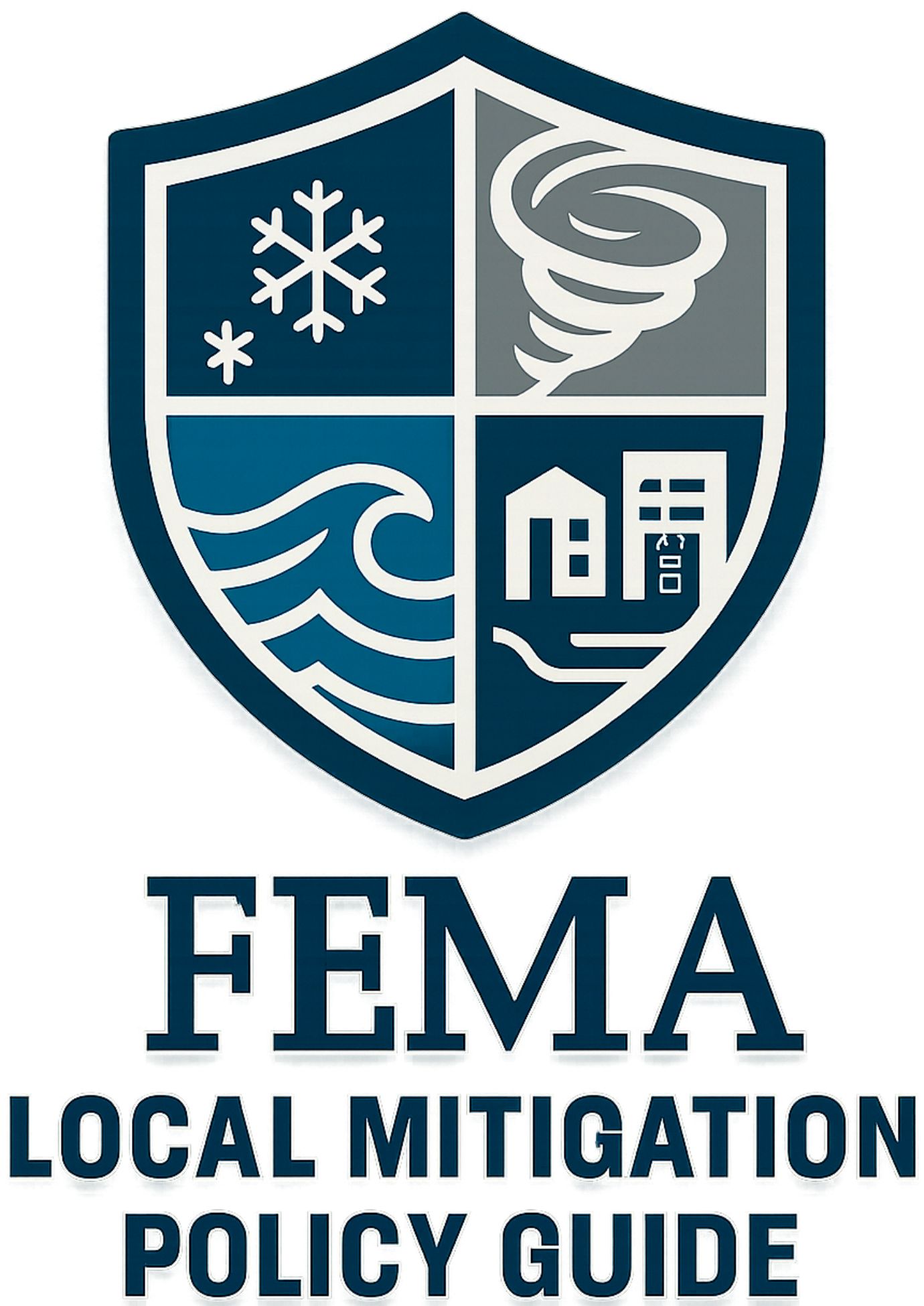
City of Gardner Emergency Management page, CLICK HERE.
Local Ordinances affecting Emergency Management in Gardner as adopted by the Gardner City Council, CLICK HERE.
State of Massachusetts resources on local mitigation planning, CLICK HERE.
City of Gardner Updating its Hazard Mitigation Plan – COMPLETE COVERAGE
The City of Gardner is updating its Hazard Mitigation Plan which is in place to reduce risks to the public and infrastructure from natural hazards. Gardner Magazine has extensive resources including 3 Deep Dives and links to various comprehensive documents for your review.
The City of Gardner put out a Press Release: “The City of Gardner is updating its Hazard Mitigation Plan, and we want to hear from YOU! This plan helps us identify and reduce the risks from natural hazards like flooding, severe storms, and heavy snow. It also ensures Gardner stays eligible for federal funding to support these efforts. Here’s how you can get involved: 1. Take the Survey. Tell us about your experiences with natural hazards and what matters most to you when it comes to safety and preparedness. Open until October 10, 2025 at midnight! 2. Attend the Public Meeting Learn more about the plan, the risks we face, and help us prioritize actions to keep Gardner resilient. Date: September 18, 2025 Time: 6–7 PM RSVP here: Virtual option: Link coming soon. A draft of the plan will be posted soon for public comment, stay tuned! Your input helps us plan smarter and respond stronger. Whether you’re a resident, business owner, or community stakeholder, your voice helps shape a safer, stronger Gardner. Let’s plan for a more resilient future, together.

Gardner Hazard Mitigation Plan
Gardner Magazine has a “Deep Dive” discussion podcast on the Gardner Hazard Mitigation Plan. Listen on any device, CLICK PLAY.
Background: The City of Gardner, MA, like other municipalities, is required to have a Hazard Mitigation Plan to be eligible for FEMA funding for disaster recovery and mitigation. This plan helps identify potential hazards, assess risks, and develop strategies to reduce the impact of these hazards. 10 Years ago, the 611 page plan was developed. Here is the Gardner portion, CLICK HERE.

Montachusett Regional Hazard Mitigation Plan
Gardner, along with other communities in the Montachusett Region, has been working with the Montachusett Regional Planning Commission (MRPC) on hazard mitigation planning. Complete 611 page Montachusett Hazard Mitigation Plan from 2015, CLICK HERE. Gardner Magazine has a Deep Dive on the complete 611 page plan. Listen on any device. CLICK PLAY.

FEMA published a Local Mitigation Planning Policy Guide on April 11, 2025, CLICK HERE. —- Fact Sheet, CLICK HERE.
Gardner Magazine has a DEEP DIVE on this extensive plan. Listen on any device, CLICK PLAY.
Key Elements of a Hazard Mitigation Plan: Risk Assessment: Identifying potential hazards (natural and human-caused) and assessing their potential impact on the community. Capability Assessment: Evaluating the community’s ability to respond to and recover from these hazards, including existing resources and infrastructure. Mitigation Strategy: Developing specific actions and projects to reduce the risk and impact of hazards. Plan Maintenance: Establishing procedures for regularly updating and reviewing the plan. Gardner’s Specific Efforts: Gardner participates in the Montachusett Region Hazard Mitigation Plan, which involves updating hazard maps, assessing vulnerabilities of critical facilities, and identifying mitigation measures. The city has also been actively involved in developing a Municipal Vulnerability Preparedness (MVP) Plan, focusing on climate resilience. Public participation is crucial, with opportunities for residents to provide input on the plan and its implementation. Why is it important? Eligibility for Funding: Hazard Mitigation Plans are required for communities to be eligible for FEMA funding for disaster recovery and mitigation. Increased Awareness: . The planning process raises awareness of potential hazards and vulnerabilities within the community. Reduced Risk: By identifying and addressing risks, the plan helps communities become more resilient to future disasters.
